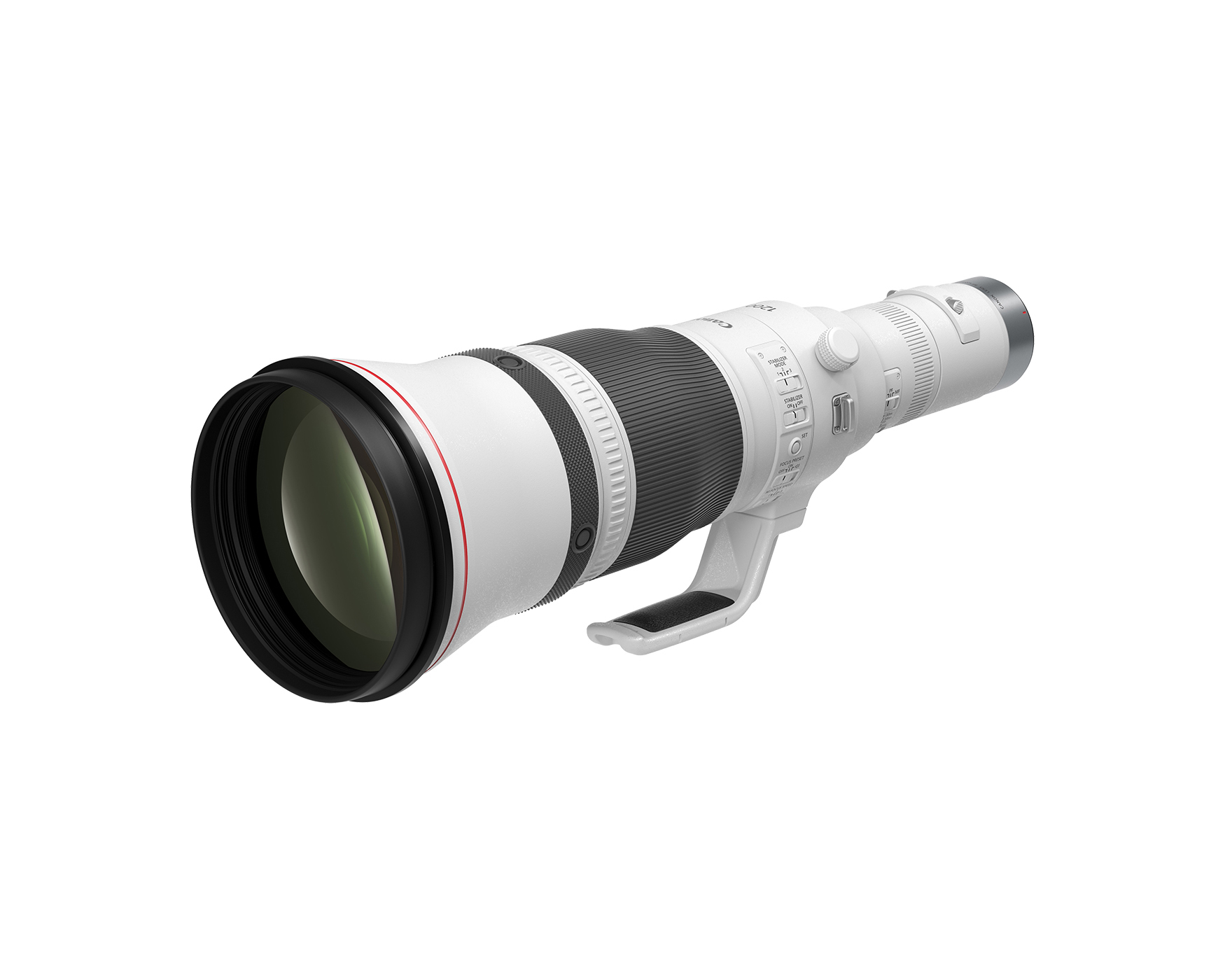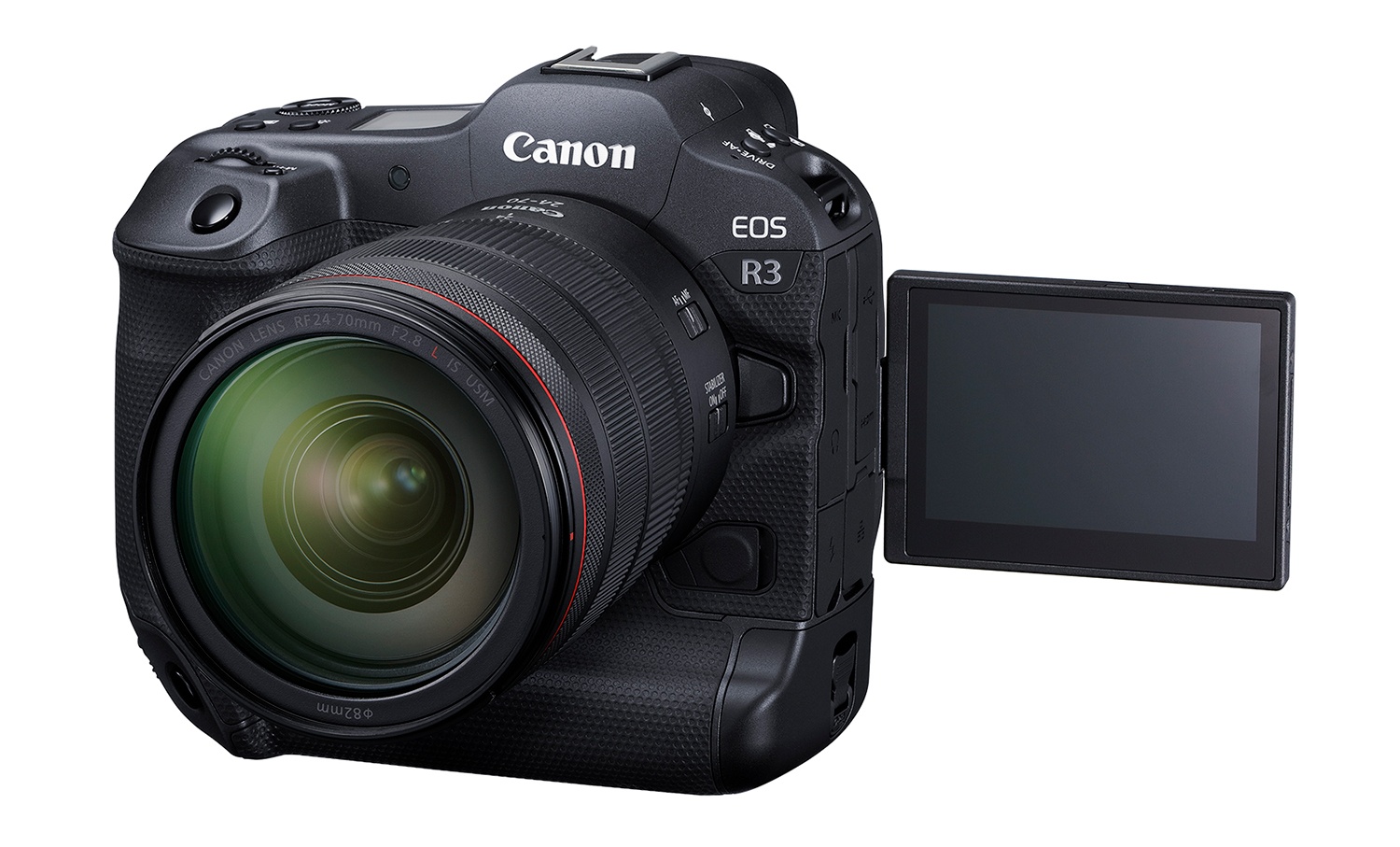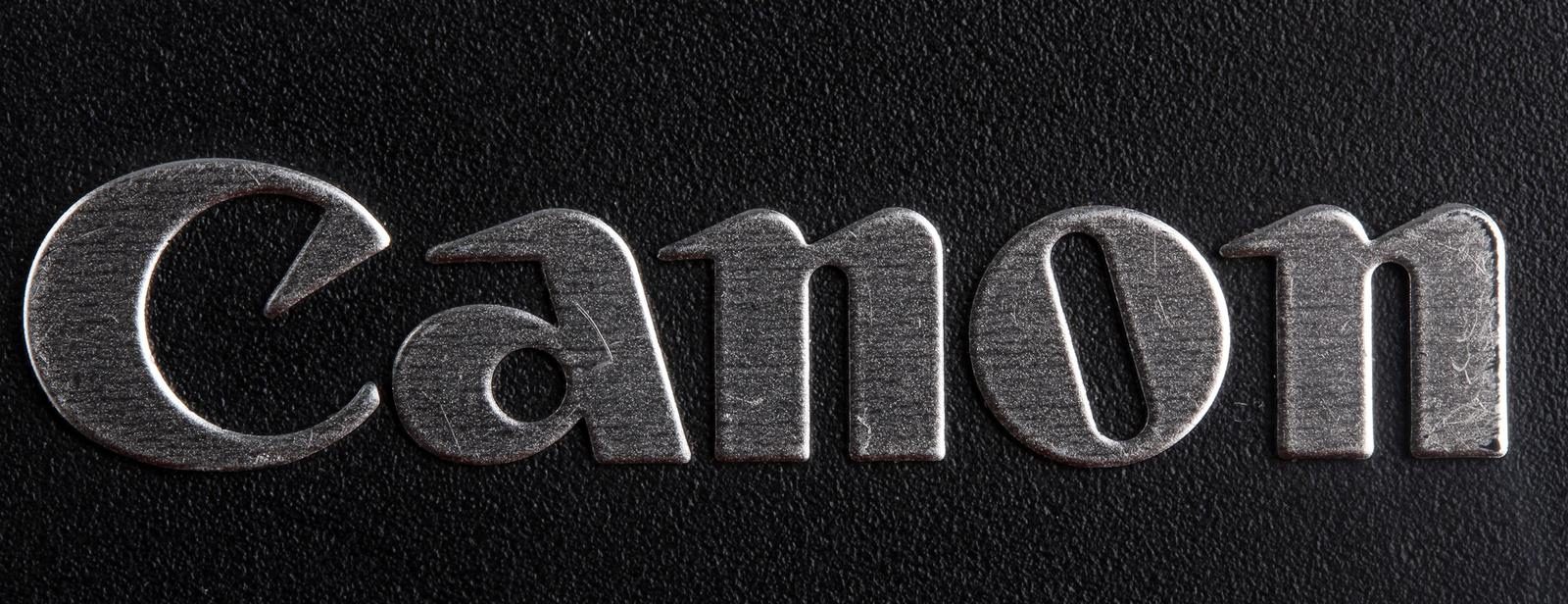Canon has released the LI5030SA, an imaging sensor for industrial and scientific applications, like microscopes,…
Q&A with Canon about Full-Frame Mirrorless, EOS 5DS, Auto-Focus Technology, and More

At CP+ Imaging Resource interviewed some Canon reps. And these people are big shots in the Canon-Universe: Yasuhiko Shiomi (Senior General Manager, ICP Development Center, Yoshiyuki Mizoguchi (Group Executive, ICP Group, and Naoya Kaneda (Senior General Manager, ICP Development Center, all from the Image Communication Products Operations division at Canon Inc.
The interview touches many topics, among them: AF technology, Canon’s future plans with mirrorless cameras, the video features of the EOS 5DS, and more. Some excerpts:
Dave Etchells/Imaging Resource: My first question is on autofocus technology: The most recent generation of Hybrid CMOS AF is much faster than the previous one. Can you tell us what technical advances led to that improvement? Also, how would you compare the new Hybrid CMOS AF III’s performance to that of Dual Pixel CMOS AF, in terms of speed and accuracy?
Yasuhiko Shiomi/Canon Inc.: Compared with conventional models, first of all the number of pixels has increased significantly, and the pixel density has also increased. So we’ve incorporated Hybrid CMOS AF across the board with all of the models [that don’t already use Dual Pixel CMOS AF]. We’ve also improved the algorithms used to calculate AF, which has improved speed. However, with regard to Dual Pixel CMOS AF, the conditions that are required for applying this technology are different. It’s not really an apples to apples comparison.
What about Canon’s mirrorless strategy?
DE: Switching to mirrorless: Where do mirrorless systems fit into Canon’s longer-term strategy? Does Canon view mirrorless as primary or exclusively a sub-frame platform? Or do you see it as being more broadly applicable, and appropriate for both sub-frame and full-frame systems? And then the second half of the question is will we see the EOS M line evolve further, or will there be a completely new platform at some point?
Yoshiyuki Mizoguchi/Canon Inc.: Okay. In terms of how we view the role of mirrorless, first it’s within the EOS framework that we’re talking about. There was obviously the need to pursue smaller products that were more lightweight. So we kind of view the EOS mirrorless cameras from that perspective to begin with. It’s not just looking in terms of solely as a mirrorless product, but within the interchangeable lens camera segment. We kind of view it as playing a role within that … sort of an extended view, as a means of achieving a more compact, lightweight product. There was obviously the question of whether or not, within the regular DSLR format, there was a demand for lighter, smaller products. You know, there are various approaches on that, but this is a means for us to address that issue within sort of the EOS universe.
The interviewer also tryed to get some information from Canon reagrding the possibility of a full-frame mirrorless camera. Canon did not answer in a clear way. The interviewer thinks that “while Canon would never say “never” to a full-frame mirrorless body/lens system, their current thinking is that “compact” and “full-frame” really don’t belong in the same sentence together”.
There is obviously much more in the interview, and I reccoment you have a look at it.
[via Imaging Resource]




